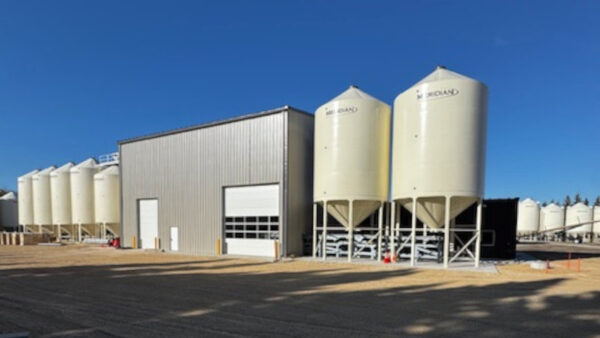Secrets of the oat genome are now available to any researcher who wants to explore the grain’s vast potential.
Scientists led by PepsiCo and Corteva Agriscience have sequenced the full oat genome and made it available for use in open-source applications. USDA’s Agricultural Research Service is housing the oat genome data on its GrainGenes website.
ARS is USDA’s chief scientific in-house research agency. In addition to finding solutions to agricultural problems that affect Americans every day from field to table, ARS provides multiple data portals to researchers worldwide. As an ARS flagship database, GrainGenes is a repository for curated, peer-reviewed datasets for researchers working on wheat, barley, rye, and oat. GrainGenes manages genomic, genetic, germplasm, and phenotypic datasets. GrainGenes has served geneticists and breeders since 1992 in both the public and private sectors on six continents.
Oat grain provides many human health benefits, including lowering LDL cholesterol levels and reducing cardiovascular disease risks.
According to researchers, sequencing the oat genome will advance the resiliency of at-risk food systems while leading to heartier oat varieties with improved sustainability, taste and nutrition.
“Decoding the sequence of this complex genome is critical for identifying genes that are essential for breeding for pest resistance, higher quality, better adaptation, and higher grain yields,” says Jose Costa, ARS national program leader (NPL) for crop production and protection in Beltsville, MD. “Wide access to this information will greatly enhance oat breeding in the United States and the rest of the world.”
According to Taner Sen, GrainGenes lead scientist and research computational biologist at the ARS Crop Improvement and Genetics Research laboratory in Albany, CA, the more researchers who use these sequences and annotations in their research, the more they can learn about oat and take steps to improve it to feed the world.
“Through online visual interfaces, researchers will be able locate genes and markers of interest in their oat genomic context more precisely and identify specific regions that control plant traits, disease, stress resistance, and food quality more accurately,” Sen says.
ARS’s GrainGenes is a curated repository for peer-reviewed small grains data, including for wheat, barley, rye, and oat. “We have dozens of small grain genomes, many of which are fully assembled, including for bread wheat, durum wheat that is used for pasta, wild emmer wheat, barley, and several partially-assembled genomes, including rye,” Sen says.
At 12 billion DNA building blocks, the oat genome is four times larger than that of humans. “The challenge for breeders and geneticists is to preserve and enhance the most valuable traits of this important crop,” says Jack Okamuro, ARS NPL for crop production and protection at Beltsville, MD. “Access to the high-quality oat genome sequence through GrainGenes is key to developing more nutritious, higher-yielding, and disease-resistant oat varieties for future generations of consumers and producers.”
Source: USDA ARS













